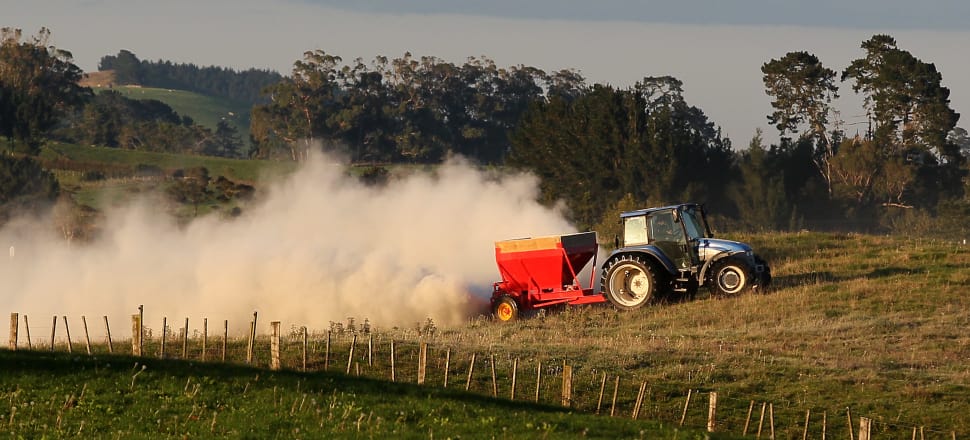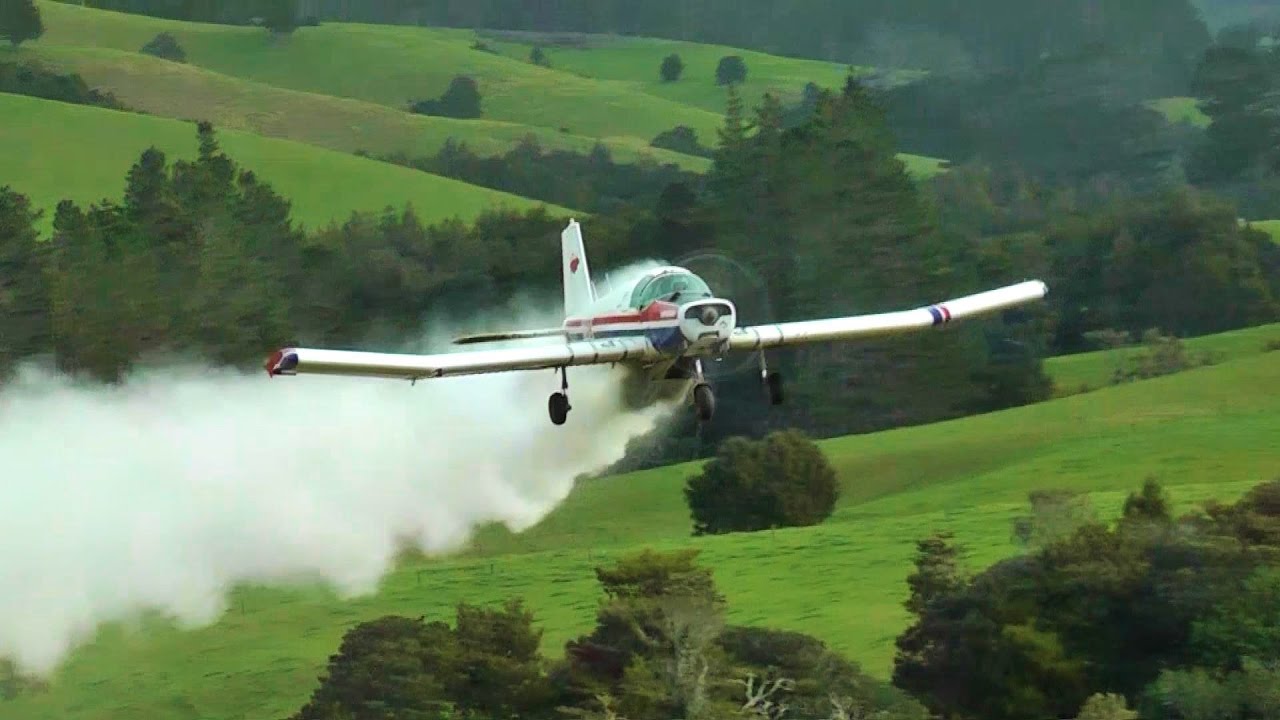Targeted fertiliser application
What
Contamination of surface waterways from the direct application of fertiliser causes excessive weed growth or algal blooms in waterways. When applying fertiliser your aim is to ensure that as high a proportion of the fertiliser as possible is used for the intended purpose. This makes economic as well as environmental and ecological sense.
Why
The causes of direct contamination of waterways are summarised in the table below from the Fertiliser Association of New Zealand with suggested remediation options to minimise contamination as much as possible.
| Possible cause | Best practice for remedial action |
|---|---|
| Aerial application | Use fertiliser with larger particle sizes (less wind effect). Choose alternative aerial techniques to allow more precise placement e.g., use of GPS and GIS. Use methods other than aerial application. Use selective application techniques (cover part of the area). |
| Ground application close to open water (e.g. less than 10m away) | Allow a larger margin between fertilised area and open water. Use application techniques that direct or specifically place the fertiliser. Use fertiliser with larger particle size. Erect a physical barrier/riparian strip around the water. |
| Wind speed greater than 5km/hr towards open water. | Apply fertiliser when wind direction is away from open water. Use fertiliser products and application techniques that confine fertiliser to the target zone. Change application techniques e.g., drill fertiliser at planting rather than broadcast. |
| Fertiliser particle sizes with poor ballistic properties (e.g., less than 1 mm in diameter for dry material) | Use fertiliser with larger particle sizes. Use application techniques that direct or specifically place the fertiliser. |
| Storage site within 50 metres of open water | Move storage site away from open water. Ensure the storage facility effectively contains the stored fertiliser (under a roof). |
| Fertiliser loading/handling operations less than 50 metres from open water | Relocate the loading site away from open water. Use wind shelters around the loading site to contain fertiliser. |


References
Wang, H., Magesan, G. N., & Bolan, N. S. (2004). An overview of the environmental effects of land application of farm effluents. New Zealand Journal of Agricultural Research, 47(4), 389-403.